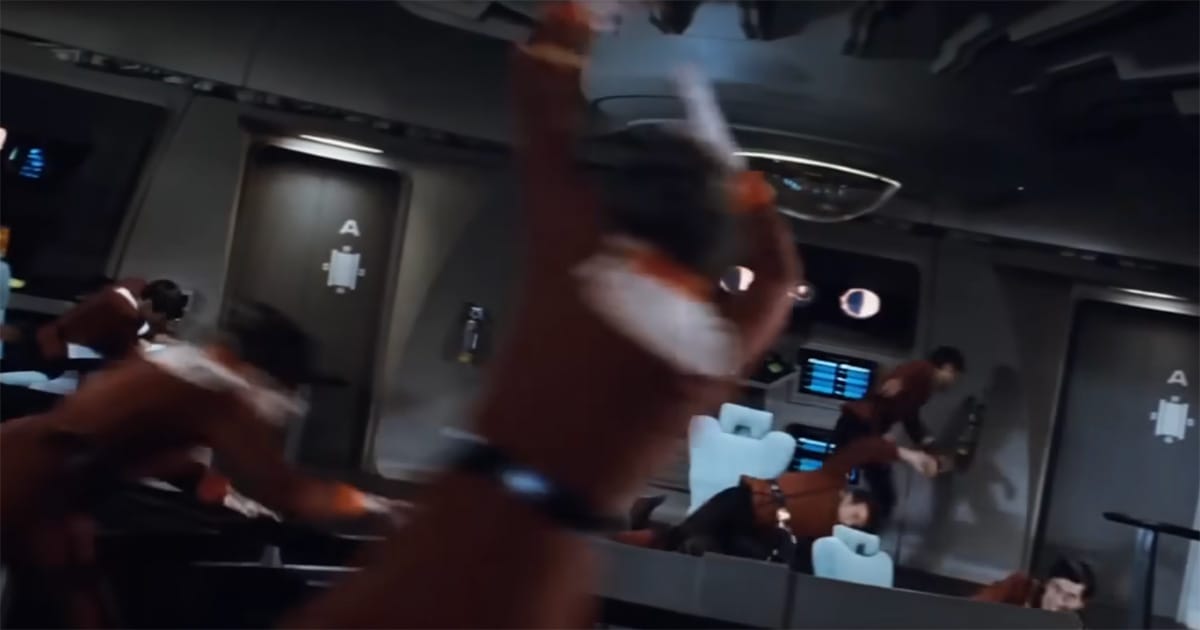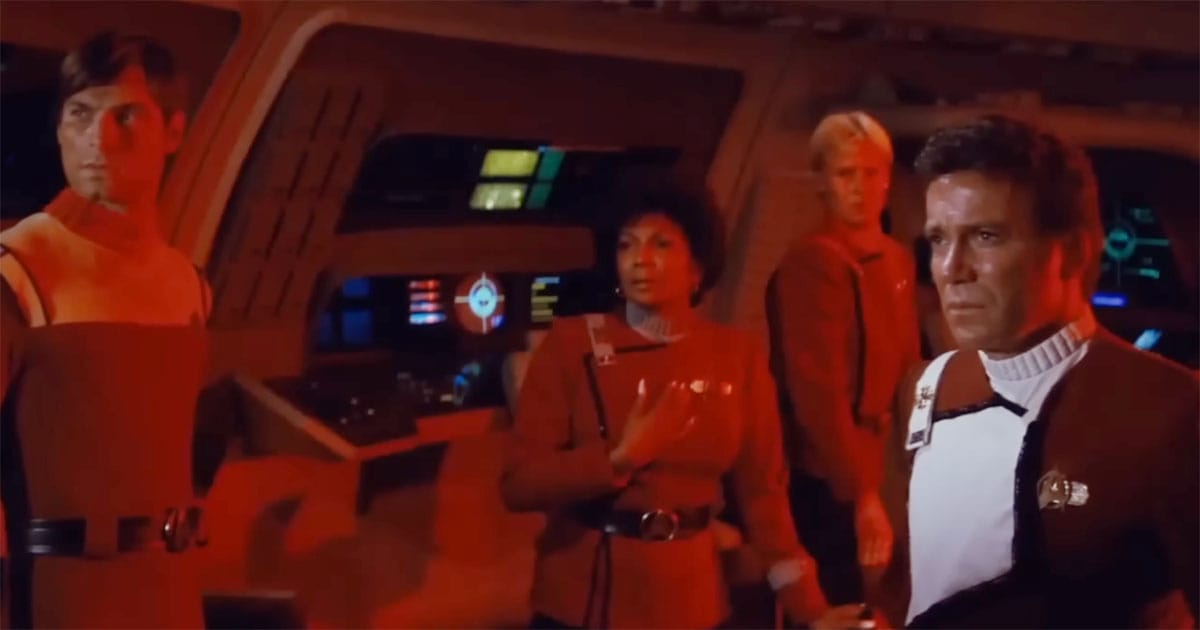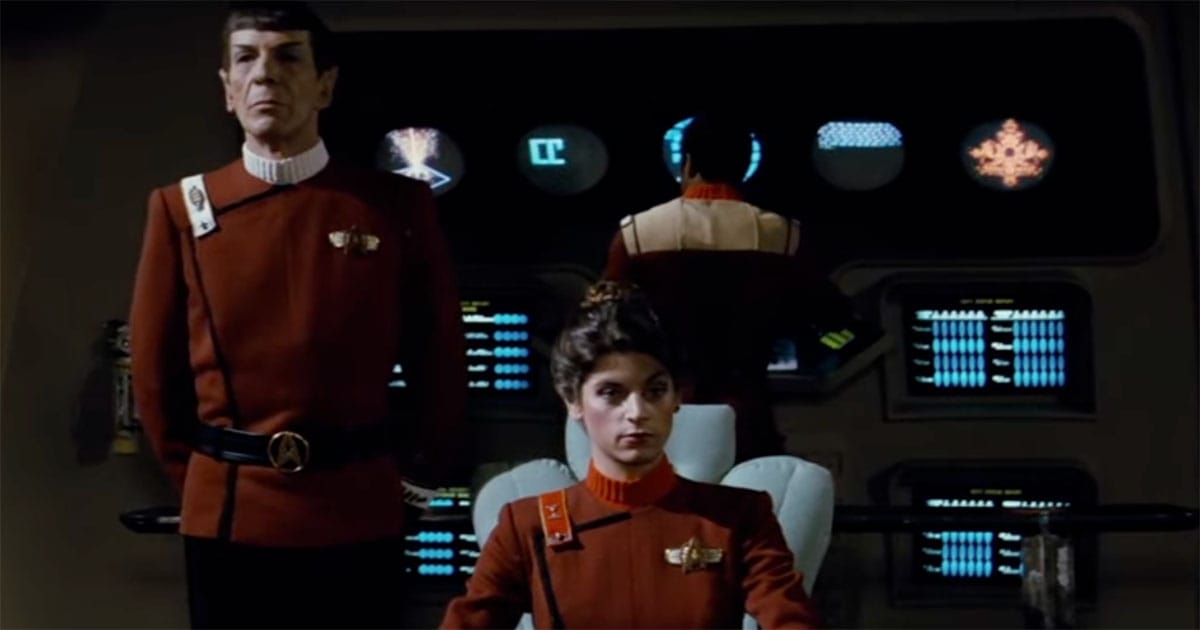What If Khan Had Killed Admiral Kirk in “Star Trek II”
A speculative look at how “Star Trek II: The Wrath of Khan” and the franchise’s future might have changed if Khan Noonien Singh had claimed his ultimate revenge on Admiral James T. Kirk.

The Wrath That Might Have Been
When “Star Trek II: The Wrath of Khan” reached theaters in 1982, it reignited the series with a tale of vengeance, sacrifice, and the burdens of command. The film blended tense ship-to-ship combat with meditations on friendship, mortality, and the lessons earned over a lifetime in space. At its heart stood Admiral James T. Kirk, a man whose reputation had been built on defying odds that crushed lesser captains. Facing him was Khan Noonien Singh, a rival whose brilliance and rage made him one of the most dangerous adversaries in Starfleet history.
The Mutara Nebula became their final arena, a shrouded battlefield where sensors failed and instincts ruled. Every maneuver carried the risk of sudden destruction. In that swirling fog of plasma, the difference between survival and defeat could come down to a single choice. It is in the shadows of that uncertainty that speculation begins.
A Different Ending in the Mutara Nebula
The battle in the Mutara Nebula stripped away the usual advantages of Starfleet technology. With sensors unreliable and shields weakened, the fight between the Enterprise and the Reliant became a test of instinct and nerve. In the film we know, Kirk anticipated Khan’s rigid tactics and used them to gain the upper hand. In another telling, Khan’s cunning matches Kirk’s, and the trap is reversed.

A well-timed volley from the Reliant could cripple the Enterprise before Spock reaches the reactor room. In one outcome, the ship is lost entirely, its crew scattered among escape pods as the Genesis Device ignites. In another, Kirk is mortally wounded on the bridge, leaving Spock or Saavik to take command in the final moments.
Either path would shatter the legend of the captain who could not lose. The Kobayashi Maru would no longer be a clever story about bending the rules. It would become the truth of Kirk’s career, a final mission where the no-win scenario proved inescapable.
The Price of Victory
In this altered account, the crew’s survival depends on the speed of their response once Khan gains the advantage. If the Enterprise remains spaceworthy after the strike, evacuation could be avoided. A more severe blow might force the crew into escape pods while the Reliant, already crippled, drifts toward its own end.
Command in the crisis would likely pass to Spock, whose Vulcan discipline could steady the situation long enough to save lives. Should Spock fall in the line of duty, Saavik’s promotion would come under the worst possible circumstances, shaping her career with the weight of loss.

Khan’s fate would remain tied to the Genesis Device. Even in victory, his injuries and the device’s detonation would almost certainly end his life. The new planet born from Genesis would still emerge, but under chaotic and uncontrolled conditions.
For Starfleet and the Federation, Kirk’s death would carry the sting of both heroism and miscalculation. His reputation as the man who could turn defeat into victory would be tempered by the knowledge that even he could be outplayed. Among the public, his end would become a legend—one told with pride, but also with a trace of sorrow.
From Renewal to Tragedy
The original film tempered loss with renewal. Spock’s sacrifice, though final at the time, carried a sense of purpose that gave Kirk a measure of peace. In this alternate telling, that balance is gone. Kirk’s death leaves only absence, with no corresponding rebirth to soften the blow.
The emotional center of the story shifts. Spock, if alive, would bear the grief that Kirk carried in the real events. Their long friendship, often defined by mutual rescue, would end with a debt Spock could never repay. If Spock perished alongside Kirk, the Enterprise crew would lose both anchors of their shared history.
Without Kirk’s survival, the “Wrath of Khan” arc becomes a cautionary tale. The no-win scenario is not a philosophical exercise but a final verdict. Starfleet’s symbol of resilience becomes a reminder that even the most storied captains are mortal.
Future missions and alliances would be shaped by that memory. The optimism that defined Starfleet’s outward push might give way to a more guarded and defensive posture. The legend of Kirk would endure, yet it would be framed not as a celebration of triumph, but as a story of how even heroes can fall.
The Shape of the Journey Without Kirk
Removing Kirk from the series in 1982 would have set “Star Trek” on an entirely different course. Without his presence, the films would need a new central figure to hold the ensemble together. Spock could have stepped into that role, though his restrained nature might have led the stories toward quieter, more contemplative conflicts. Sulu’s command potential was evident, yet he was still a supporting character in the early films. Saavik, as a younger officer, could have represented the future of Starfleet, but she lacked the shared history that bound the original crew.

Spock’s arc would have suffered the greatest disruption. Without Kirk’s determination to recover his friend in “Star Trek III,” the events leading to Spock’s resurrection might never have occurred. This would erase the emotional foundation for “Star Trek IV” and leave the whale probe crisis unresolved, possibly ending in the devastation of Earth.
Federation-Klingon relations might also stagnate. Kirk’s role in “The Undiscovered Country” was pivotal in ending decades of hostility. Without that turning point, the two powers could remain locked in suspicion and occasional conflict well into the 24th century.
For audiences, the absence of Kirk would change the series’ cultural momentum. His charisma and decisive leadership were a large part of what drew mainstream attention to the films. “Star Trek” might have leaned into smaller-scale stories, appealing to devoted fans but losing the broad public that the original cast films managed to reach. The franchise would endure, but its shape and tone would be forever altered.

